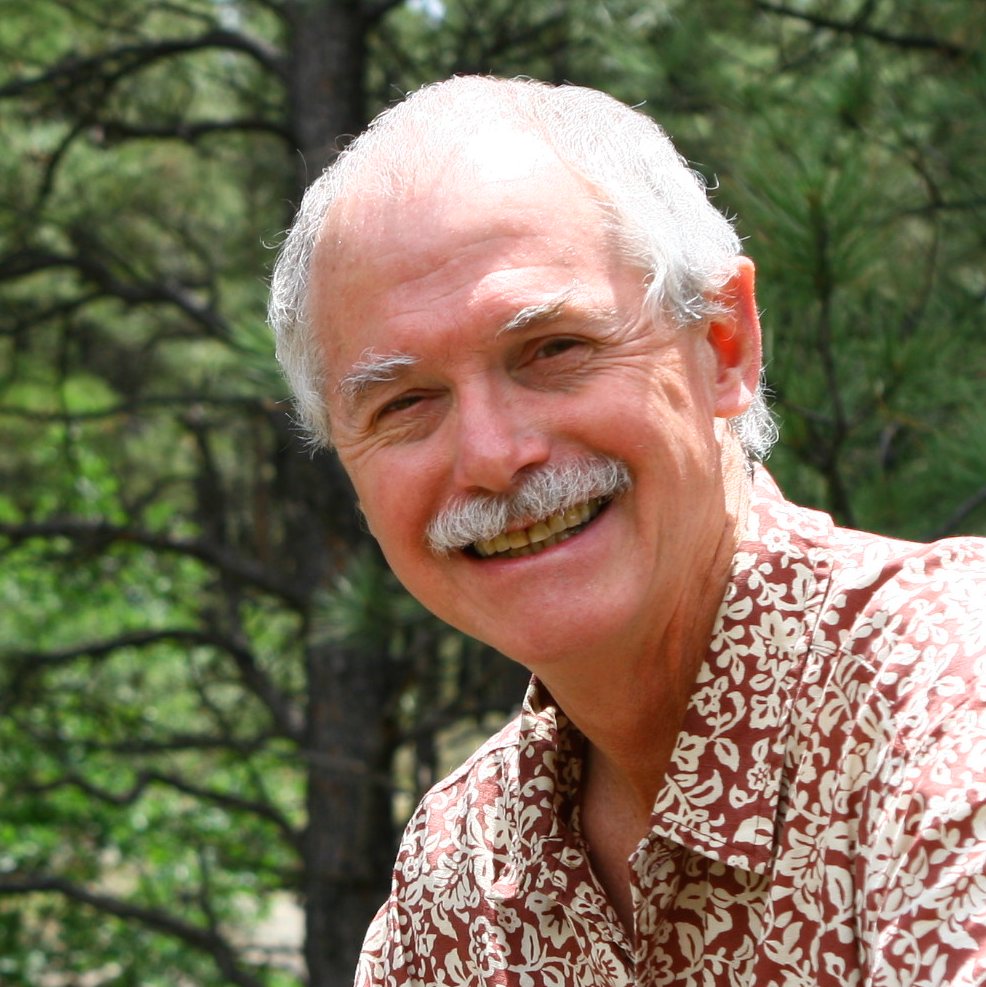By Syl Allred, biology professor emeritus
Recently I led a snow walk for Durango Nature Studies in a ponderosa pine forest. Topic of the walk: “How do tassel-eared squirrels make it through the winter in their ponderosa pine home?”
We spent a moment looking around. What do you see that makes you curious about the forest? Some noticed the two color phases of ponderosas–blackjacks and yellowbellies. Some saw intricate arrays of the bark plates covering the trunks and others saw various shapes of the green crowns of the ponderosas, home of the squirrels.
We found a tassel-eared squirrel nest, high in the tree facing southeast. Fingers pointed. Questions flowed. Why is the nest on that side of the tree? Nests are constructed to gather the sun’s warmth, certainly a benefit in winter.
What is a “normal” winter day for squirrels? Squirrels rise at daybreak and search for food. Around midmorning they take a break on branches in sunny locations, resume foraging in the afternoon and they’re back to bed by sunset.
Later we saw squirrel tracks. More questions. How do squirrels travel in the snow? They leap about in soft snow and cruise on hard-packed snow.
What do they eat in winter? Mainly inner bark of pine branches and seeds from buried cones if they can locate them. Winter is truly the hardest season for squirrels because of low temperatures and poor food quality.

Venturing forward we heard a squirrel barking but could not locate it. Fortunately, I had brought a photo of a squirrel. What are the tassels for? Keeps their ear tips warm in the cold air.
Last question: How does global warming affect the forests and squirrels? Less moisture, less tree growth, fewer seeds, more bark beetle infections, more dead trees, more intense fires, less food and shelter for wildlife.
Departing, we agreed to another forest saunter after the next snow.
Editor’s note: Syl Allred taught biology at NAU for 27 years. He will be signing copies of his new book, Ponderosa: Big Pine of the Southwest, from 6-9 p.m., May 1, at Mountain Sports in downtown Flagstaff.



